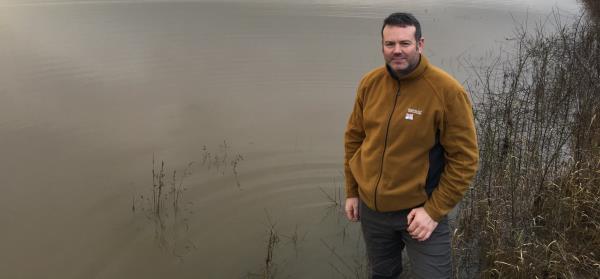He writes:
So here we are again wondering what to do following yet another series major flooding events in our region.
Although the impacts on people’s homes, shops and businesses are significant, most of the water ends up on farmland at the farmer’s cost. Yet farmers are few in number and frequently our plight is overlooked. If farms didn’t provide this buffer, it could be so much worse – it is a real community service.
So how do we improve the situation for farmers who are now getting hit with flooding so much more frequently? Firstly, we must appreciate that our river systems, from hill top to sea level, are largely managed and impacted on by man’s activity and have been for centuries.
More of our staff blogs...
- BPS: How we're working to get the money moving - senior BPS adviser Richard Wordsworth
- Olly Harrison, NFU national crops board member - Should UK farmers be worried by EU-Ukraine agreement?
- David Hall, NFU Regional Director in the North West - Blog: Fighting for farmers in the eye of the storm
- Guy Smith, NFU Vice President - The BPS haves... and have-nots
- NFU food chain adviser Christine McDowell - A Sainsbury's climb-down, or realism?
Secondly, without wishing to come across all ‘Mystic Meg’ and telling you what’s going to happen, it is clear that we have very different weather/climate now and more extreme weather is likely to become the norm. Recognising that this is inevitable, and given our managed landscape, doing nothing is not an option.
That said, I believe that it isn’t just a case of spending vast amounts on building more flood defences. It’s easy for a politician to focus on such defences – it’s not their money after all!
Instead I think we should make use of satellites, drones, LIDAR (laser-radar), geomorphological studies and sophisticated computer models to really analyse how river catchments act as complex systems, and react in different ways in different scenarios. We must use these tools, together with remote sensing, to work out how best to manage the water flow in river systems.
With this approach, we can work out the best place to spend money, and solutions will be different in different places, depending on a range of factors.
This no overnight task, as the development of the new River Hull Catchment Strategy has shown, but it will yield a better understanding of our systems and highlight how we can best manage them for the long term.
In the meantime we must ensure that proper support is provided to affected businesses and make sure that what we have in the way of flood management is in good working order and properly maintained.
